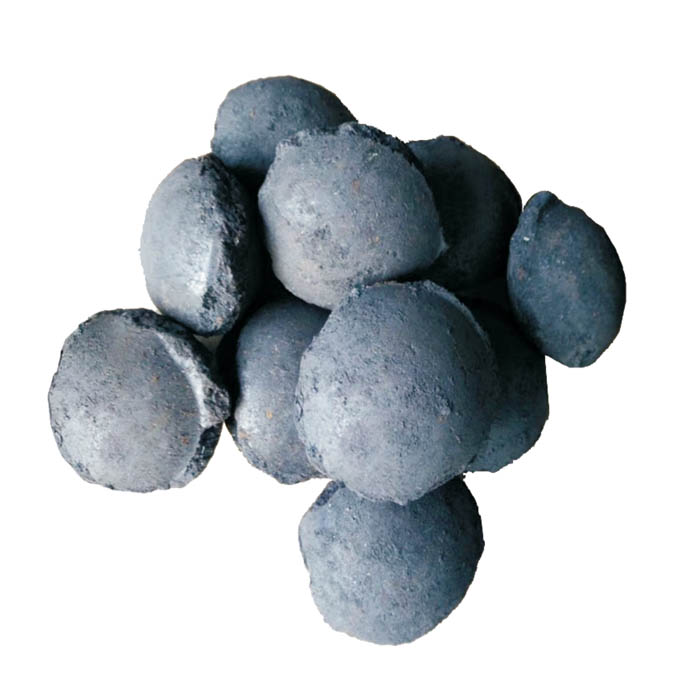Aug . 08, 2024 10:55 Back to list
Choosing the Right Insulation Material for Refrigerant Pipes to Enhance Efficiency and Performance
The Importance of Refrigerant Pipe Insulation Material
Refrigerant pipe insulation is a critical component in the efficiency and effectiveness of HVAC (Heating, Ventilation, and Air Conditioning) systems. The insulation material used for refrigerant pipes plays a vital role in minimizing energy loss, preventing condensation, and ensuring overall system performance. In this article, we will explore the importance of selecting the right insulation material for refrigerant pipes, along with the various options available in the market.
Understanding Refrigerant Pipe Insulation
Refrigerant pipes transport the refrigerant between different parts of the HVAC system. These pipes are often subjected to varying temperatures, and if not properly insulated, they can lose energy through heat transfer. This energy loss can lead to increased operational costs and a decrease in the overall efficiency of the system. Insulating refrigerant pipes helps to maintain the desired temperature of the refrigerant, reducing energy consumption and operational costs.
Moreover, adequate insulation prevents condensation from forming on the exterior of the pipes. Condensation can lead to water damage, mold growth, and other issues that can compromise the integrity of the building structure and the HVAC system itself. Therefore, choosing the right insulation material is essential for both performance and longevity.
Common Types of Insulation Materials
1. Polyurethane Foam This is one of the most efficient insulation materials available for refrigerant pipes. Polyurethane has a high R-value (thermal resistance), which means it can minimize heat transfer effectively. It is also lightweight and easy to install, making it a popular choice for many HVAC applications.
refrigerant pipe insulation material

2. Closed-Cell Foam Closed-cell foam insulation is another excellent option for refrigerant pipes. This type of insulation has a dense structure that reduces moisture absorption, thereby minimizing the risk of condensation. Its durability and resistance to external elements make it suitable for both indoor and outdoor applications.
3. Fiberglass Insulation While fiberglass is commonly used in various insulation applications, it is less efficient for refrigerant pipes compared to foam insulation. However, it remains a viable option due to its affordability and ease of installation. Fiberglass insulation is particularly useful in areas with limited space, as it can fit into tighter spots more easily than some rigid foam alternatives.
4. Mineral Wool Mineral wool, or rock wool, is another insulation material that can be used for refrigerant pipes. It offers excellent fire resistance, making it suitable for applications where fire safety is a concern. However, it tends to be less efficient at minimizing heat transfer than foam options.
5. Rubber Insulation Rubber insulation is flexible and easy to install around piping. It provides decent thermal insulation and is resistant to moisture, which helps to prevent condensation. This material is particularly suitable for pipes exposed to high humidity levels.
Conclusion
Choosing the right refrigerant pipe insulation material is crucial for optimizing the performance and efficiency of HVAC systems. Each type of insulation material has its pros and cons, and the selection often depends on specific application requirements, budget constraints, and installation considerations. Ultimately, proper insulation not only enhances system efficiency but also extends the lifespan of the HVAC equipment, leading to long-term cost savings. Therefore, it's vital for HVAC professionals and building owners to carefully assess their insulation options to ensure a well-performing and reliable heating and cooling system.
-
Eco-Friendly Granule Covering Agent | Dust & Caking Control
NewsAug.06,2025
-
Fe-C Composite Pellets for BOF: High-Efficiency & Cost-Saving
NewsAug.05,2025
-
Premium Tundish Covering Agents Exporters | High Purity
NewsAug.04,2025
-
Fe-C Composite Pellets for BOF | Efficient & Economical
NewsAug.03,2025
-
Top Tundish Covering Agent Exporters | Premium Quality Solutions
NewsAug.02,2025
-
First Bauxite Exporters | AI-Optimized Supply
NewsAug.01,2025
